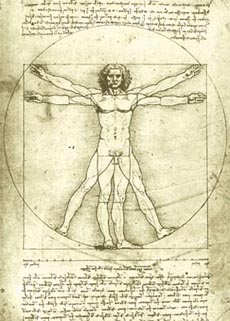The border regions of Germany, Belgium and the Netherlands yielded a unique organ scenery. This organ scenery of the “Rhine-Meus Area” denotes a type of organ which naturally utilises french flutes, cornettes and reeds, but also call for Brabant style principals. The “singing articulation” of the local inhabitants reflects in the voicing and enters a unique synthesis together with the free wind system.
Organ Building Experience and Philosophy
The experience of many restored instruments influences our organ projects. The organ builder dynasties of König and their successors which have been active in the Rhineland have a major impact on our Organ style. It distinguishes itself through a specification using a wide basis of 16’-, 8’- and 4’ stops. 
Philosophising about an Organ means to think, sense acoustics and the parameters of the space, experience the scent of the space and the effects of the light.
Organ building, in a certain way, stands in a contradiction to itself. The organ is a historic instrument. Insofar, organ projects are also dictated by historism. At the same time though, we build organs in the age of computers. What appears to be impossible by building pianos or string instruments, became common place in organ building: ever since it is open minded to be influenced by state of the art technology. The size of the instrument probably made a contribution to this. At the turn of the last century, pneumatics and electrics became a component of modern organs. Today, modern electronic actions take this position.
The Right Way
It is therefore necessary to find the right way in between both positions.
Our wish for the future is to stay open minded and place our trust in high-quality organ building as only that brings us to our goal – a tonal outstanding result.
